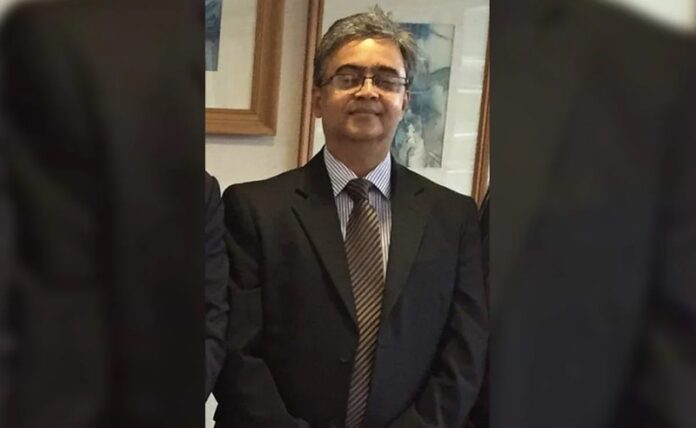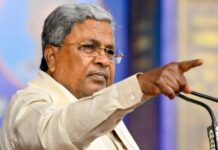New Delhi: As Ravi Sinha (IPS) demits office today, 30 June, as the chief of the Research and Analysis Wing (R&AW), he leaves behind a two-year tenure marked by quiet actions, deep recalibration, and a deliberate reshaping of the agency’s operational contours. Rather than operating within the constraints of legacy templates, Sinha expanded the very framework within which R&AW had traditionally functioned—adapting it to meet the complexities of a shifting geopolitical and threat landscape.
When the pages of history are turned back, they will narrate that at a time when India’s external threats were no longer confined to borders or uniforms, Sinha’s leadership was defined not by what made headlines—but by what didn’t.
In March 2024, a low-intensity blast at a café in Bengaluru triggered what would later become a case study in hybrid terror. Initially appearing as a localized act, the incident led to the arrest of four operatives linked to the Islamic State, revealing a deeper penetration by foreign handlers into India’s soft urban targets. Almost simultaneously, in Kashmir, a new front was opened by “The Resistance Front”—a well-equipped offshoot of Lashkar-e-Taiba, backed by Pakistan’s ISI and enabled by hi-tech equipment sourced from foreign suppliers.
Under Sinha’s command, the threat architecture was swiftly decoded and countermeasures discreetly implemented on the ground. The actors that were operating behind the TRF façade were identified and exposed, without much noise and fanfare. Pakistan’s intelligence agency’s ISI’s plan to plant a new theory of birth of new and brutal form of localised terrorists was nipped at the roots even before it could achieve its objective, of a massive anti-India propaganda and shielding Lashkar-e-Taiba.
But perhaps the most intriguing development during his tenure was the emergence of the “unknown men” phenomenon in Pakistan.
Between 2023 and 2025, over 30 current and former terrorists (or even more, the real numbers might never become public)—individuals directly linked to attacks on Indian soil—died in Pakistan under mysterious circumstances, all unnatural deaths.
From Karachi to Khyber Pakhtunkhwa, these sudden eliminations—many execution-style—sparked speculation that India’s external intelligence agency had quietly recalibrated its red lines. Something that even former terrorists group members told The Sunday Guardian and narrated how many of the mid and top level operatives have gone underground to save themselves, not to forget how they were angry over ISI for failing to protect them from India’s “RAA” as the agency is referred to within the Jehadi circles.
Pakistani media openly accused R&AW of being behind the hits. But the Indian establishment remained silent. No acknowledgement came, no denial either. The allegations remained just that—allegations. But for those watching closely, the pattern spoke louder than any official statement.
Sinha’s tenure also coincided with a sharp diplomatic and intelligence recalibration in the region. In Afghanistan, India’s engagement with the Taliban was handled not through ideological binaries but through calibrated realism. Strategic ties were maintained—not to endorse, but to engage. Intelligence channels remained open, ground assessments remained continuous, and the risk of Afghanistan becoming a proxy playground for adversarial interests was constantly monitored. Despite adversarial and competing agencies seeking to sow distrust between Kabul and Delhi—through media campaigns and other covert means—this was not allowed to happen.
Neighbourhood theatres saw parallel turbulence. Bangladesh underwent an electoral transition allegedly backed by competing players with strong evidence of a regime change being executed emerging. More on this might be revealed in the coming years, perhaps in the form of a memoir or a fictional novel.
In Sri Lanka and the Maldives, India countered China’s expanding influence through sustained but discreet pressure. In Canada, pro-Khalistan elements found overt political accommodation, forcing a rare shift in Indian diplomatic posture backed by deep intelligence groundwork. What emerged was not just institutional response—but layered containment, far from the public eye.
Sinha’s work, by design, avoided applause. In intelligence, success is coded in erasures, not declarations. Under his watch, R&AW functioned not just as a passive observatory, but as a livewire agency capable of preemption, disruption, and long-haul influence—often with no public footprint.
For an intelligence agency, success is silence. And under Sinha, silence spoke volumes. Those outside the system may only remember the botched stories that made it to primetime or courtrooms. But inside North Block, in the grey corridors where no press notes are issued, Ravi Sinha is credited for pushing India’s external intelligence capabilities into a more adaptive, anticipatory domain.
Because that is the trait of the office. The ones who win here never get the credit. Only the errors make it to page one.








